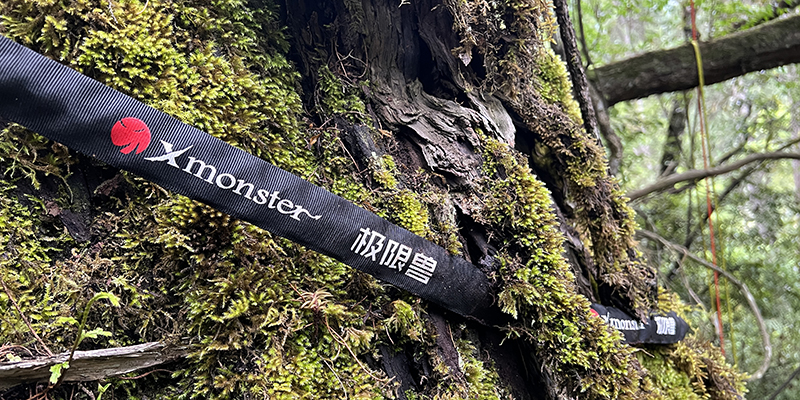
Choosing the Right Static Climbing Rope for Your Adventure
When it comes to purchasing a climbing rope, the first step isn't just to look at the rope itself; it's to ask yourself, "How do I intend to use it?" Will you be climbing on natural rock formations or artificial climbing walls? Will you primarily engage in top-rope climbing, sport climbing on pre-bolted routes, or traditional climbing with self-placed protection?
Understanding your climbing style and needs is crucial before selecting the "perfect" rope. This ensures not only your safety but also your wallet. Keep in mind that climbing ropes have a "shelf life" as they naturally age, even if left unused.
In general, thicker ropes offer greater strength and durability. The diameter of the rope influences its performance.
Length:Longer ropes allow for more climbing pitches or higher descents, but shorter ropes are lighter and more convenient to carry.
Strength:Climbing rope strength is often classified based on parameters such as "static elongation" and "maximum impact force."
Static Elongation refers to the extension of a rope under a load of 80 kg (176 lbs) in a static state. Lower static elongation ropes (2-3.5%) have less stretch and are suitable for artificial or assisted climbing, while higher static elongation ropes (6-9%) absorb more impact force during falls.
Maximum Impact Force indicates the force transmitted to climbers and belayers during a fall. Lower maximum impact force ropes absorb more energy, reducing the force on the climber. However, they also tend to stretch more, increasing the risk of hitting the ground during a fall.
Construction:Climbing ropes are constructed with a "kern" (core) and "mantle" (sheath), forming a kernmantle structure. The inner kern bears the load, while the outer mantle protects it from wear and tear.
Different ropes have different mantle weaves, affecting their durability and feel. Some ropes feature a pattern change in the middle, helping climbers identify the midpoint.
Proper Care:Avoid dragging the rope over rough or sharp surfaces, and use protective gear to prevent abrasion. The rope should not rub against bolts, fixed points, or harnesses, as this can cause damage. Utilize correct rappelling techniques to prevent excessive heat and friction from high-speed descents.
Setting Anchors:When setting up ropes, choose secure anchors. Trees are often a stable option. Choose healthy trees with a diameter above your arms' span. Tree roots are also commonly used. In areas with fewer trees at higher elevations, bushes like rhododendron and azalea can be used by binding multiple stems for added strength. When attaching to rocks, be cautious of force direction to avoid sling slippage.
Crossing and Rappelling:When crossing a gap, secure anchors may be harder to find on loose or fractured terrain. Make sure your rope is long enough to leave the unstable rock for a proper anchor point. In some cases, if the gap is too long or the terrain is unstable, it's safer to bypass the section or even retreat.

Choosing the right static climbing rope involves analyzing both the terrain and the rope's structural attributes. A well-matched rope not only enhances safety but also boosts your climbing experience.

